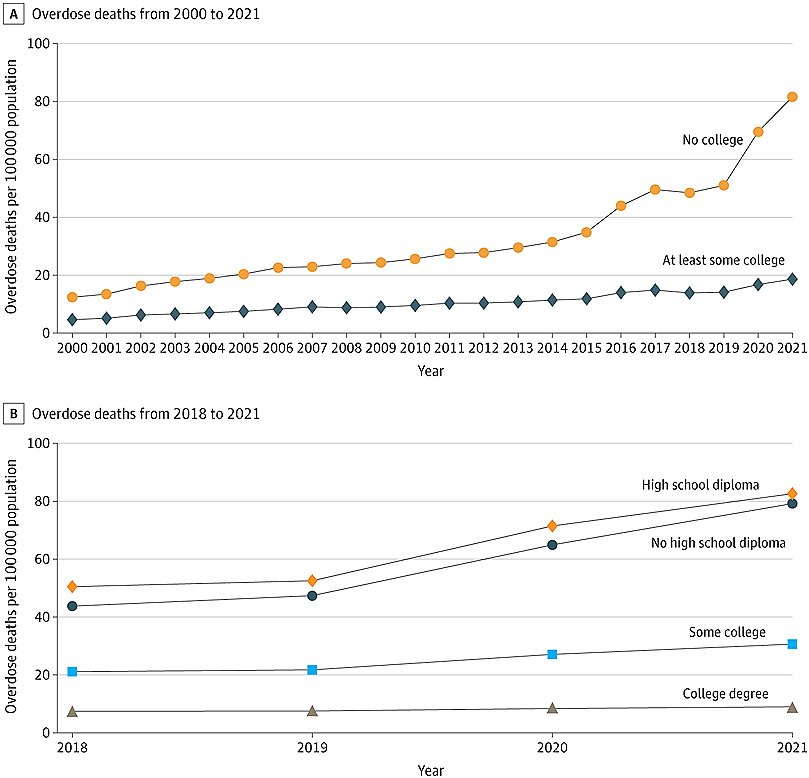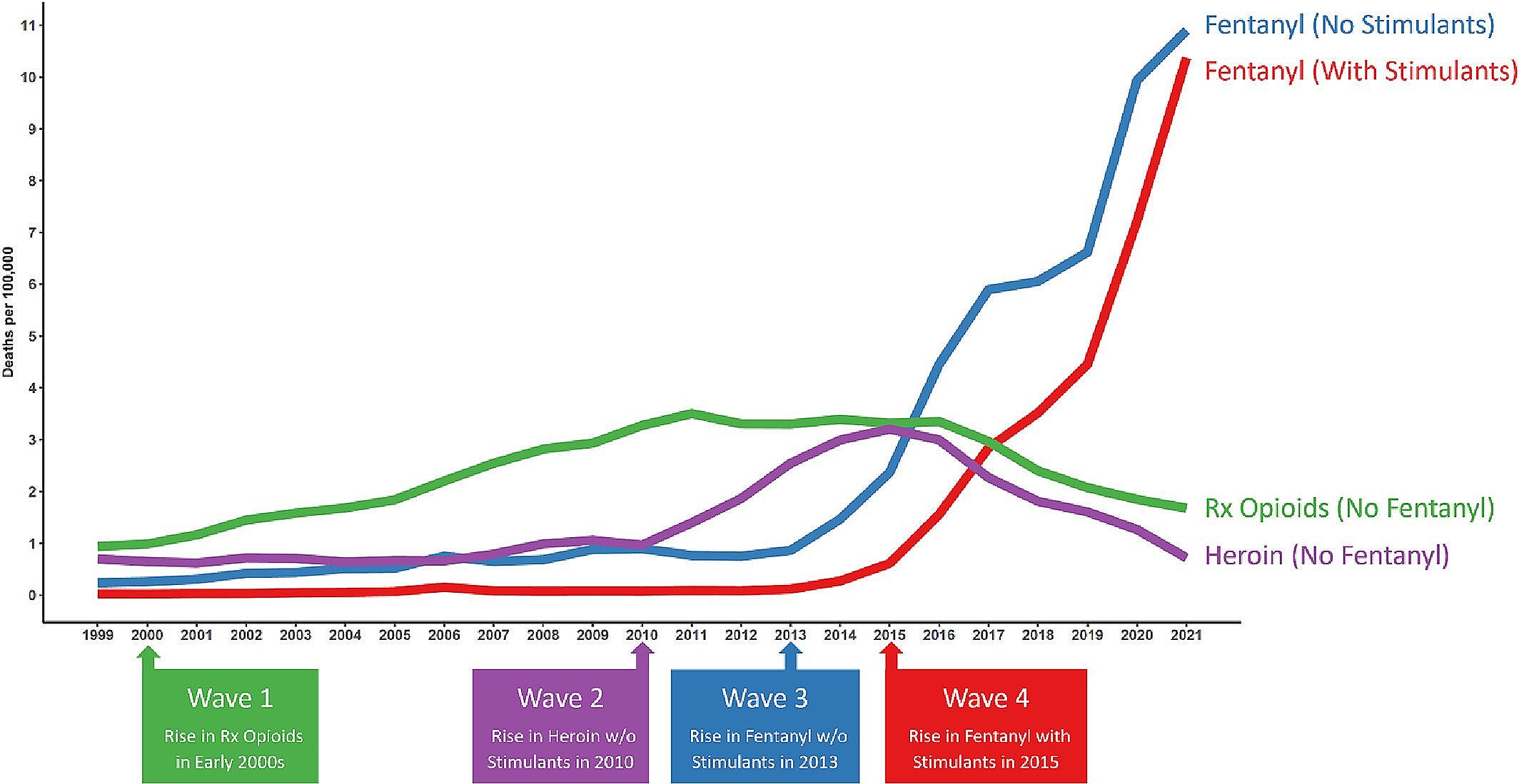Lawsuits Accuse DEA of ‘Incompetence’ in Regulating Drug Supply
/By Pat Anson, PNN Editor
Two federal lawsuits accuse the Drug Enforcement Administration of incompetence and heavy-handed regulation of the nation’s drug supply, which could worsen shortages of ADHD medication and drive a drug manufacturer and specialty pharmacy out of business.
At issue is the DEA’s enforcement of the Controlled Substances Act (CSA), a federal law that gives the agency broad authority to limit the production and sale of opioids, ADHD drugs and other controlled medications that have the potential for abuse. Under the CSA, the DEA decides who can write and dispense prescriptions for hundreds of controlled substances and the amount that drug makers can produce.
“They shouldn't be playing God with people's medications. And really, that's what's happening here,” says attorney Jim Walden, who recently filed a lawsuit in the Second Circuit Court of Appeals on behalf of Ascent Pharmaceuticals, a leading producer of generic drugs used to treat attention deficit hyperactive disorder (ADHD), a condition that primarily affects children.
By its own estimate, Ascent produces about 20% of the nation’s supply of generic ADHD medication. In its 12-year history, Ascent had never been accused of a regulatory violation or faced any sanctions, so it was surprised to learn on September 29 that DEA would not renew its production quota for ADHD drugs because it has doubts about the company’s record keeping.
“After reviewing these records, DEA lacks confidence in the data provided by Ascent in its quota requests,” the agency said in its denial.
Ascent’s lawsuit disputes that claim, saying DEA investigators spent 18 months “bumbling about” its business records, without ever making clear what they were concerned about or why the quota was denied.
“The Quota Denial nowhere explains the basis for DEA’s alleged confidence gap. If that detail resides in the administrative complaint served alongside the Quota Denial, DEA should be embarrassed: the errors in it reveal a fundamental inaptitude with DEA’s own recordkeeping requirements,” the lawsuit alleges.
“This case highlights the perils of a hapless administrative agency, which (ironically) acknowledged the scarcity of ADHD medications on the very day it effectively sought to shutter Ascent, a company with a time-proven capability of quickly getting medicine to children in need. Ascent and patients have been victimized by DEA’s incompetence, having rendered an arbitrary, capricious, and unsubstantiated quota denial based on erroneous conclusions.”
Before going into private practice, Walden spent 10 years as a federal prosecutor, often handling DEA cases. He’s asking the federal appeals court to issue an emergency injunction that forces DEA to approve Ascent’s quota application.
“We're in the middle of a national scarcity crisis that is really putting children at risk. So it's very, very hard to understand what could possibly be motivating DEA, because they're obviously not alleging that there are quality control problems with the drugs or that there's a threat of diversion,” Walden told PNN. “So, by definition, their decision is arbitrary and it should be reversed.”
The DEA’s actions do seem puzzling. Shortages of ADHD drugs began in the early stages of the pandemic and have steadily worsened, as more children and adults sought mental health treatment. Yet in December of last year, when the DEA issued its quotas for 2023, the agency said there was no need to increase production because the supply of Adderall and other stimulants was sufficient to meet demand.
“The majority of the manufacturers contacted by DEA and/or FDA have responded that they currently have sufficient quota to meet their contracted production quantities for legitimate patient medical needs,” the DEA said in the Federal Register. “Based on this trend, DEA has not implemented an increase.”
A few months later, DEA and FDA officials changed their tune. In an unusual joint letter, FDA commissioner Dr. Robert Califf and DEA Administrator Anne Milgram admitted there was an ADHD shortage, blamed drug makers for not making enough medication, and washed their hands of the problem.
“This is not a problem that the FDA and DEA can solve on our own,” Califf and Milgram wrote. “The FDA and DEA do not manufacture drugs and cannot require a pharmaceutical company to make a drug, make more of a drug, or change the distribution of a drug.”
DEA production quotas may also be partially responsible for shortages of opioid pain medication. In recent years, the agency has aggressively cut the supply of many opioids, leading to current shortages of hydrocodone and oxycodone.
Judge, Jury and Executioner
The second lawsuit against DEA involves Simfa Rose Pharmacy, a Pembroke Pines, Florida pharmacy that specializes in making drugs for seniors, palliative care, and cancer patients.
Simfa Rose came under scrutiny nearly three years ago when investigators saw it was filling an unusual number of high-dose, immediate release opioid prescriptions, often in combination with stimulants and muscle relaxants. Some of the prescriptions were paid for in cash.
As far the DEA is concerned, these were signs of “multiple red flags of abuse or diversion” that posed “an imminent danger” to public health. On May 2 of this year, DEA suspended the pharmacy’s license to dispense controlled substances, a move that severely impacts its ability to continue operating.
“It’s affected them greatly. It’s a miracle they are still open at this point,” says Vittorio Penza, a lawyer for Simfa Rose.
Under DEA rules, there is only one recourse for a pharmacy or doctor to challenge a license suspension – an appeal to a DEA Administrative Law Judge. Such appeals are not only time consuming; they are rarely granted. The few that are granted are referred back the DEA Administrator, who then has the final say on whether the license is restored or permanently revoked.
The Simfa Rose lawsuit alleges this is an “unconstitutional administrative process” that denies the pharmacy due process.
“It’s totally nuts what they are doing. You have a judge, jury and executioner system. It’s all in secret. They don’t publish anything until it’s a decision that’s favorable to them. You’re kept in the dark by it,” Penza told PNN. “All you have to do is take someone's license, whether they need it or not. You're still screwed and you're going to go down. Because once your reputation is tainted, you lose your customers and you lose the patients.”
Penza says the expert witness hired by DEA to review the pharmacy’s practices made outrageous claims.
“Their expert says you can't fill immediate release opioids more than two times. If you are a cancer patient or someone on their deathbed, it doesn't matter. It's an unresolvable red flag if you give someone an immediate release opioid,” he said. “And the kicker is he doesn't even look at what the patient's diagnosis is. One of the patients was shot was shot in the back, the bullet is still lodged in there. The other one was wounded overseas in the Gulf War.”
Perhaps the biggest challenge faced by someone seeking to reverse a DEA decision is that federal agencies have sovereign immunity – they can’t be sued for monetary damages. All they can do is challenge the DEA’s statutory authority under the Controlled Substances Act and its use of an in-house “kangaroo court” to keep pharmacies, doctors and drug makers in line.
“I've come to realize that this is a nationwide issue. I've been getting calls ever since we filed from around the country. It pains me to hear some of these stories of doctors and nurses and pharmacists that have just been stripped of their livelihoods because of what the DEA is doing,” Penza said.












